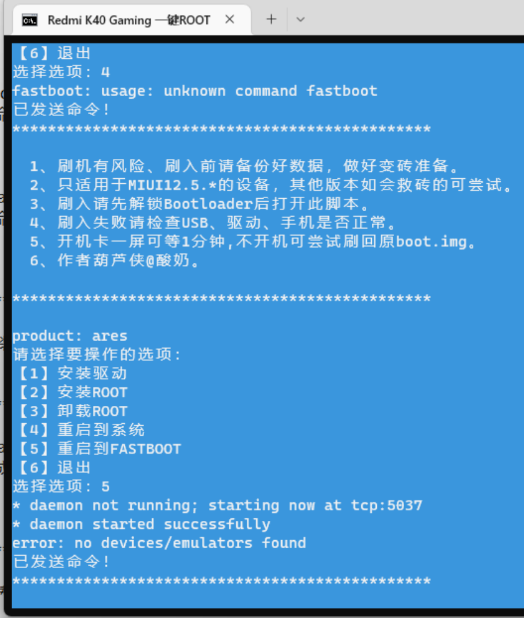The following steps create and rotate a log file: Start awith verbose logging, with appending enabled, and with the following log file: mongod -v –logpath /var/log/mongodb/server1.log –logappend In a separate terminal, list the matching
the following steps create and rotate a log file:
Start a??with verbose logging, with appending enabled, and with the following log file:
mongod -v –logpath /var/log/mongodb/server1.log –logappend
In a separate terminal, list the matching files:
ls /var/log/mongodb/server1.log*
For results, you get:
Rotate the log file using?one?of the following methods.
From the??shell, issue the??command from the?admin?database:
This is the only available method to rotate log files on Windows systems.
From the UNIX shell, rotate logs for a single process by issuing the following command:
From the UNIX shell, rotate logs for all??processes on a machine by issuing the following command:
List the matching files again:
ls /var/log/mongodb/server1.log*
For results you get something similar to the following. The timestamps will be different.
server1.log server1.log.2011-11-24T23-30-00
The example results indicate a log rotation performed at exactly?11:30?pm?on?November?24th,?2011?UTC, which is the local time offset by the local time zone. The original log file is the one with the timestamp. The new log is?server1.log?file.
If you issue a second??command an hour later, then an additional file would appear when listing matching files, as in the following example:
server1.log server1.log.2011-11-24T23-30-00 server1.log.2011-11-25T00-30-00
This operation does not modify the?server1.log.2011-11-24T23-30-00?file created earlier, while?server1.log.2011-11-25T00-30-00?is the previous?server1.log?file, renamed.?server1.log?is a new, empty file that receives all new log output.
,免備案空間,香港服務器,美國空間


















